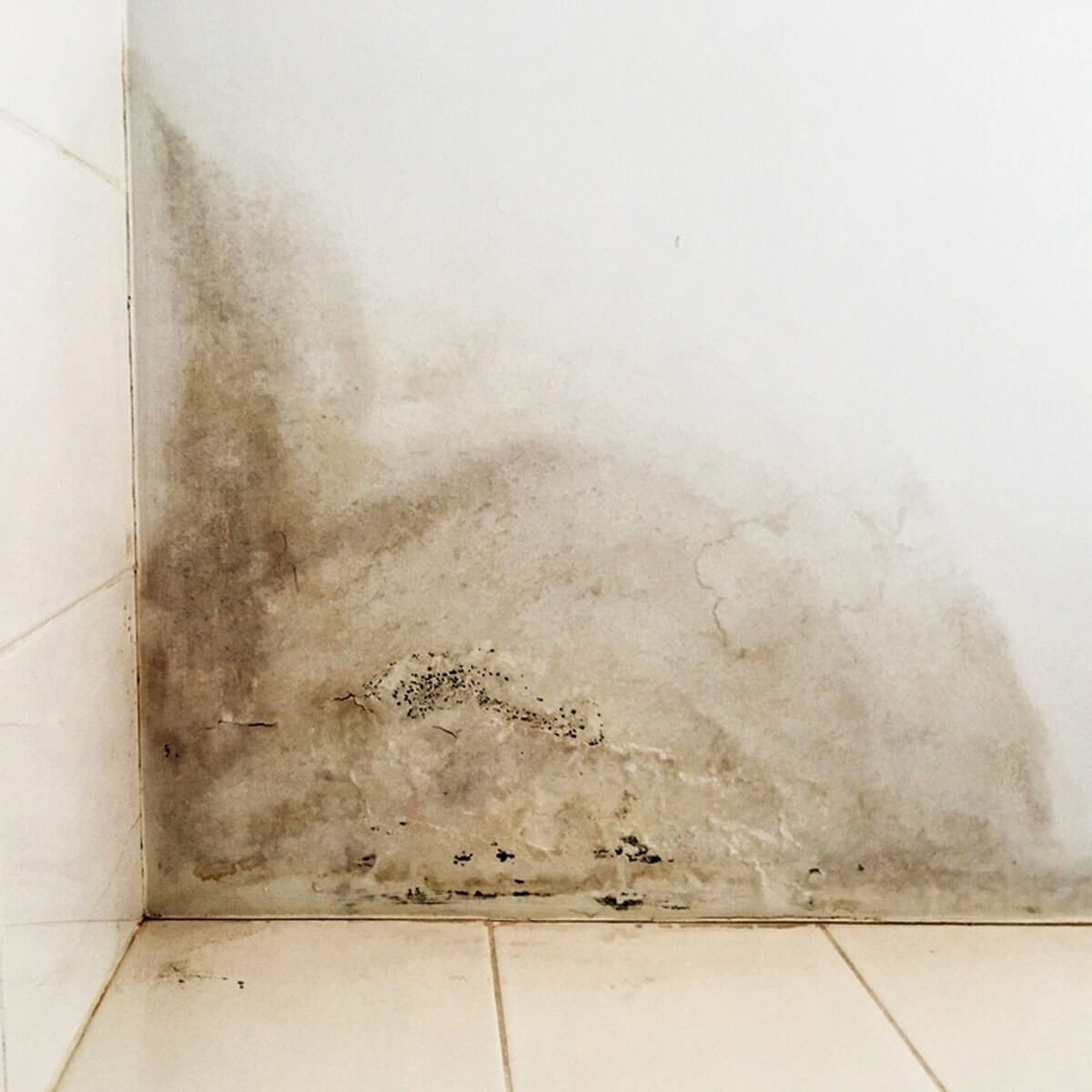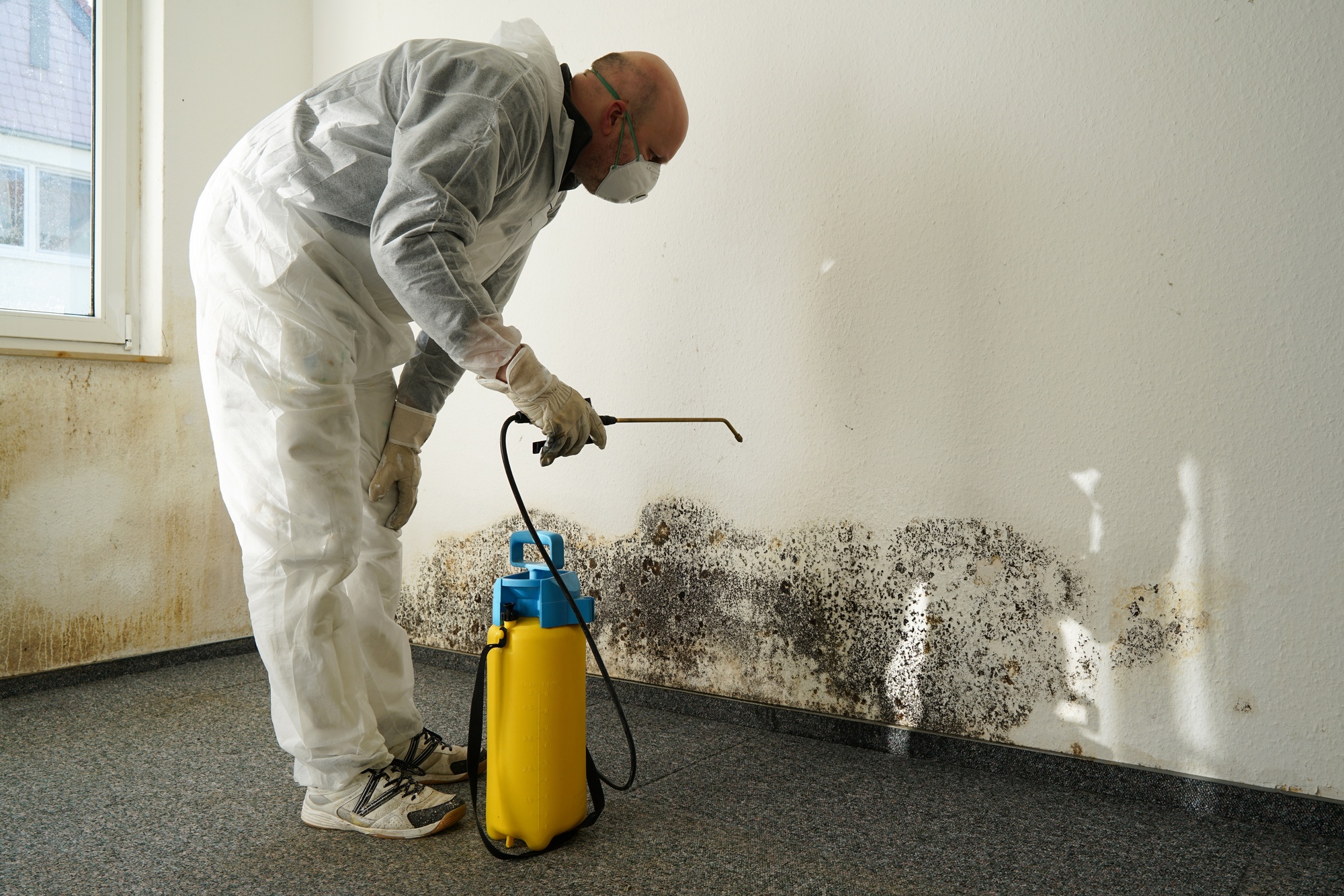24/7 Emergency Water Damage Restoration Services for Urgent Needs
24/7 Emergency Water Damage Restoration Services for Urgent Needs
Blog Article
The Process of Water Damage Cleanup: Guaranteeing Your Home Is Brought Back Efficiently
Water damages can be a daunting challenge for home owners, requiring a careful and structured cleaning process to recover safety and security and capability. damage restoration services. Following this, effective water removal methods play a pivotal function in minimizing further damage.
Examining the Damage
Upon discovering water damage, the initial step is to extensively evaluate the degree of the effect. This initial assessment is critical, as it assists establish the necessary steps for effective cleaning and repair. Begin by inspecting the impacted areas, including walls, ceilings, floorings, and individual belongings, to recognize the source of the water intrusion, whether from flooding, leaks, or condensation.
Recording the damage is crucial for both insurance cases and planning repair efforts - damage restoration services. Use photos and written notes to capture the extent of the damages, noting any affected architectural components and materials. Pay unique attention to areas that may not be right away noticeable, such as behind wall surfaces and under rugs, as concealed dampness can lead to more issues, including mold and mildew development
Additionally, evaluate the timeline of the water direct exposure. Inevitably, a detailed analysis lays the groundwork for an effective water damages cleanup process, making sure that all affected areas are addressed efficiently and completely.
Water Extraction Methods

Professionals usually utilize submersible pumps for larger volumes of water, which can promptly relieve flooding in basements or other affected locations. For smaller amounts, wet/dry vacuum cleaners are typically used to remove residual moisture from carpetings and tough surfaces. Additionally, utilizing mobile extractors enables for targeted removal in restricted rooms or locations with fragile products.
In instances of polluted water, such as sewer or floodwater, progressed removal methods might entail using biohazard tools to ensure security and conformity with health policies. High-powered removal tools are essential in decreasing water retention in architectural products, which can lead to mold and mildew development and structural damage otherwise resolved quickly.
Inevitably, the performance of water extraction strategies plays a crucial duty in the overall success of the water damages cleaning procedure, laying the groundwork for succeeding remediation efforts.
Drying and Dehumidification
As soon as standing water has been successfully drawn out, the following vital phase in the water damages cleaning procedure is drying out and dehumidification. This action is vital to avoid additional damages and mold and mildew growth, which can take place within 24 to 2 days in wet settings.
To achieve efficient drying, specialized devices such as industrial-grade air moving companies and dehumidifiers is used. Air movers circulate air across wet surface areas, enhancing evaporation rates, while dehumidifiers minimize moisture levels airborne, promoting a helpful setting for drying. The combination of these devices guarantees that wetness is attracted out from home furnishings, walls, and floorings, permitting them to completely dry extensively.
It is important to keep track of the drying procedure very closely. Specialists often make use of moisture meters to assess the wetness web content in water damage restoration los angeles different materials, making sure that all impacted areas reach acceptable dry skin degrees. This meticulous technique assists to stop concealed wetness pockets that could lead to architectural damages or undesirable mold development.

Cleansing and Sterilizing
After the drying and dehumidification stage is complete, the next crucial action in water damages clean-up is cleansing and sterilizing the affected areas. This process is essential to stop the click to find out more growth of mold, bacteria, and other pathogens that grow in damp settings.
The cleaning phase commonly involves getting rid of any debris, dirt, and pollutants from surfaces utilizing specialized cleaning agents. For difficult surface areas, a mix of soap and water or industrial cleansing items is frequently employed. Soft products, such as upholstery and carpets, may require extra substantial cleansing techniques, consisting of heavy steam cleansing or deep removal strategies, to make sure complete cleanliness.

Sterilizing complies with cleaning, using EPA-approved anti-bacterials to get rid of hazardous microbes. This action is vital, specifically in locations that might have entered into contact with floodwaters or sewer, as these sources can pose major health and wellness risks.
Furthermore, it is necessary to attend to any remaining odors, which might call for the usage of smell neutralizers or sophisticated techniques like ozone treatment. Proper cleaning and disinfecting not just recover the safety and hygiene of your home but also lay the foundation for effective restoration and fixings in succeeding stages of the water damage cleaning procedure.
Repair and Repair Services

Once the assessment is total, restoration efforts can begin. This typically involves fixing or changing broken products, making certain that all job abides by regional building regulations and standards. If drywall has actually been compromised, it will certainly need to be gotten rid of and changed with new product. Additionally, flooring may require similar attention, relying on the level of water direct exposure.
It is crucial to engage knowledgeable reconstruction professionals throughout this procedure, as view publisher site they have the expertise to handle complicated repair services effectively. They can aid mitigate prospective future issues, such as mold and mildew development or architectural instability, therefore guaranteeing a risk-free and habitable living setting. Ultimately, efficient repair and fixings recover the home's honesty and boost its general value.
Verdict
To conclude, the procedure of water damage cleanup is critical for restoring a home to its pre-damage condition. Each stage, from examining the damages to implementing reliable water extraction techniques, complied with by extensive drying, sanitizing, and needed repairs, plays an important function in making sure security and conformity with building requirements. Efficient execution of these steps not just minimizes prompt damages yet likewise improves the long-term integrity and value of the residential or commercial property.
Water damages can be a daunting challenge for homeowners, necessitating a structured and meticulous cleanup process to restore safety and security and performance. Eventually, a comprehensive evaluation lays the groundwork for a successful water damage clean-up process, making certain that all impacted locations are resolved effectively and extensively.
Effective water removal methods are essential in mitigating damages and protecting against more complications complying with a water intrusion event.In conclusion, the procedure of water damage cleanup is important for restoring a home to its pre-damage problem. Each stage, from evaluating the damages to carrying out reliable water extraction methods, complied with by comprehensive drying out, disinfecting, and necessary repairs, plays a necessary function in making certain safety and compliance with building standards.
Report this page